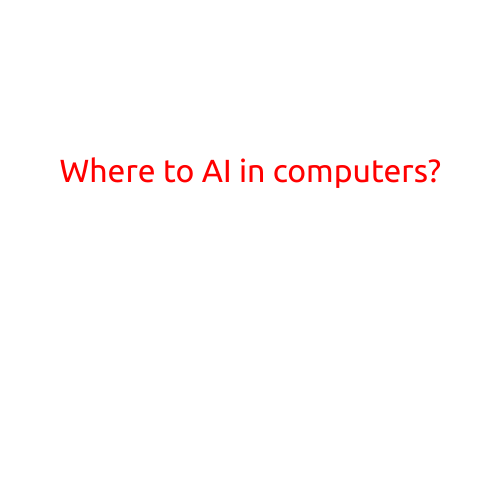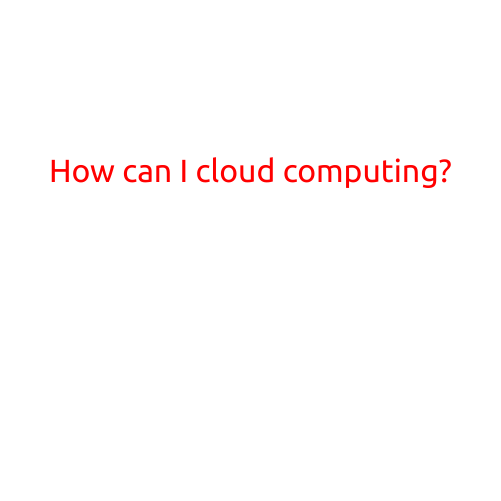
Where to Find AI in Computers?
Artificial Intelligence (AI) has become an integral part of modern computing, transforming the way we interact with our devices, perform tasks, and experience the digital world. As AI continues to evolve, it’s becoming increasingly essential to understand where to find AI in computers and how it’s changing the way we live and work.
Hardware Components
The primary hardware components that support AI in computers are:
- Graphics Processing Units (GPUs): GPUs are designed for parallel processing, making them ideal for handling complex AI calculations and machine learning tasks. Many modern computers, including laptops, desktops, and tablets, come equipped with dedicated GPUs.
- Central Processing Units (CPUs): While CPUs are not as specialized as GPUs, they play a crucial role in executing AI-related instructions and managing memory allocation.
- Field-Programmable Gate Arrays (FPGAs): FPGAs are highly customizable and can be programmed to perform specific AI tasks, such as image recognition and natural language processing.
- Neural Processing Units (NPUs): NPUs, like Intel’s NPU, are designed specifically for AI workloads, providing increased performance and efficiency.
Software Components
In addition to dedicated hardware, AI in computers relies heavily on software components:
- Machine Learning Frameworks: Frameworks like TensorFlow, PyTorch, and Caffe provide developers with tools and libraries to build, train, and deploy AI models.
- AI Libraries: Libraries like OpenCV, scikit-learn, and NLTK offer pre-built functions for tasks like computer vision, natural language processing, and machine learning.
- AI-Enabled Applications: Pre-built applications, such as image and speech recognition, natural language generation, and predictive analytics, run on top of AI frameworks and libraries.
Where AI is Used in Computers
AI is employed in various areas of computing, including:
- Gaming: AI-powered games use NPCs, dynamic environments, and adaptive difficulty levels to create immersive experiences.
- Productivity Software: AI-assisted productivity tools, such as Microsoft Office 365, leverage machine learning to predict user behavior and offer personalized suggestions.
- Security: AI-based security systems detect and respond to malware, anomalies, and other threats in real-time.
- Virtual Assistants: AI-powered virtual assistants, like Alexa, Google Assistant, and Siri, use natural language processing to understand voice commands and perform tasks.
- Computer Vision: AI-powered computer vision systems recognize objects, detect patterns, and track movement in images and videos.
Conclusion
AI has become an integral part of modern computing, transforming the way we interact with our devices and experience the digital world. By understanding the hardware and software components that support AI in computers, we can unlock new possibilities for innovation and improvement. As AI continues to evolve, it’s essential to stay informed about where to find AI in computers and how it’s changing the world.





